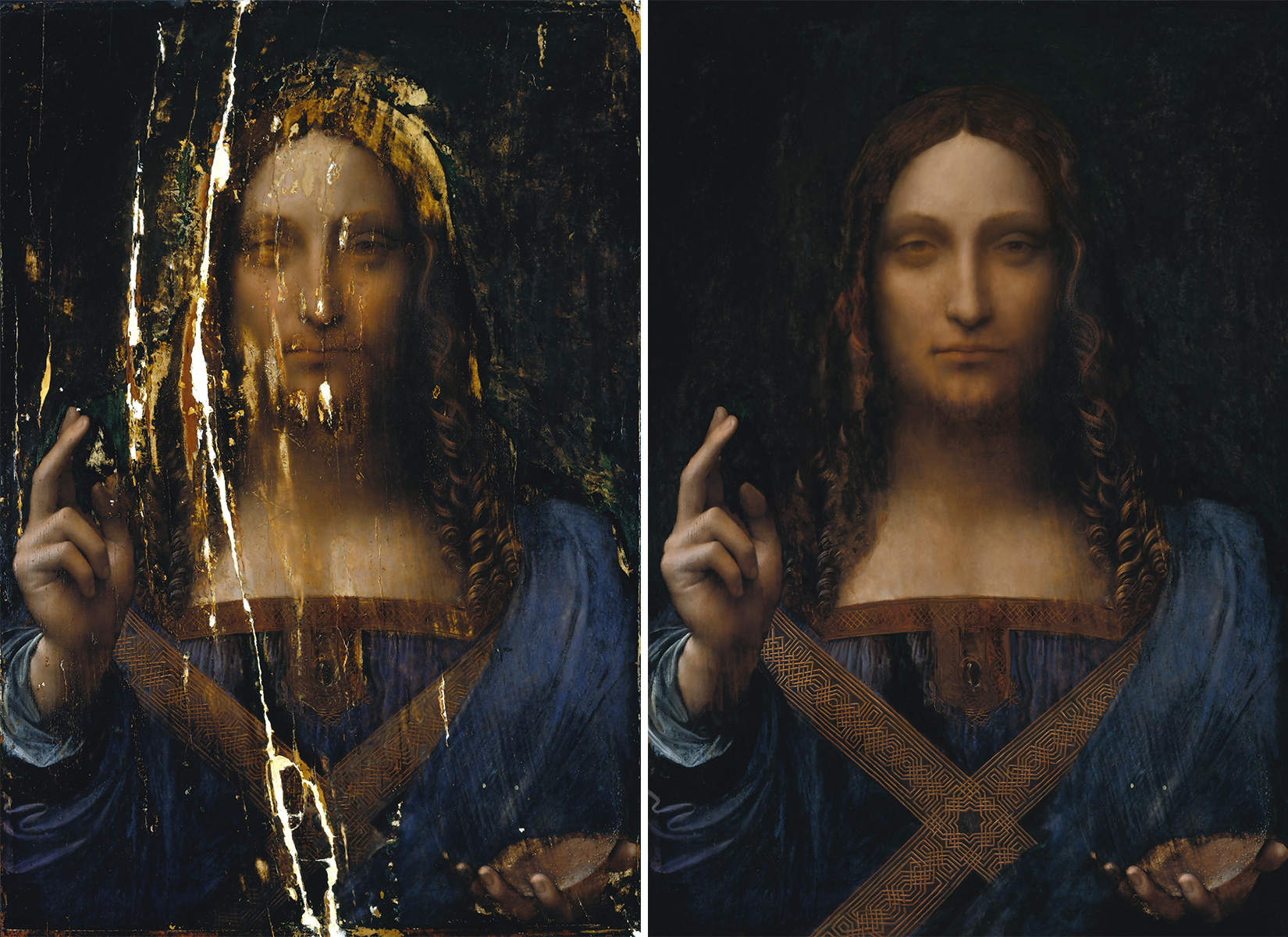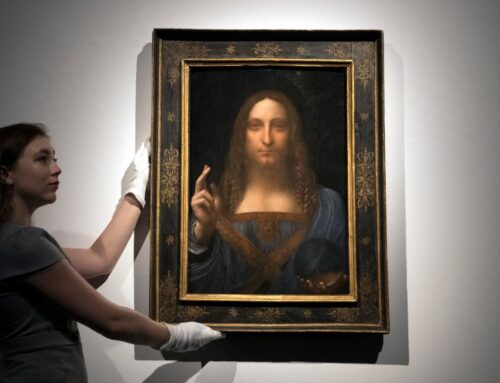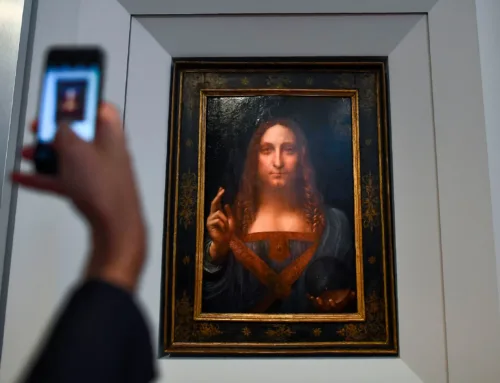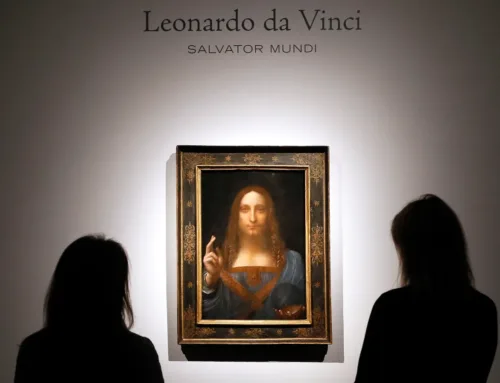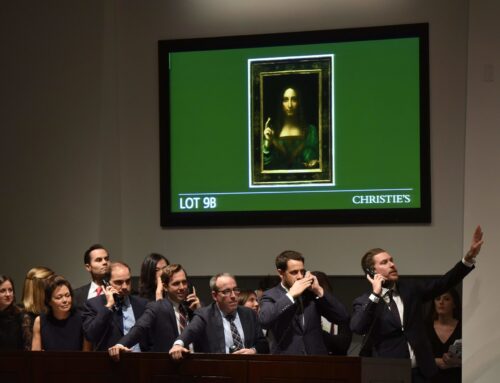Restoration Process
The restoration of “Salvator Mundi” was a meticulous and painstaking effort that began after its rediscovery in 2005. The painting was heavily overpainted and damaged, obscuring Leonardo da Vinci’s original work. The restoration process involved careful cleaning to remove layers of dirt, varnish, and overpainting that had accumulated over centuries. Conservators used solvents and delicate tools to reveal the original brushwork beneath. This effort was crucial in bringing back the intricate details and the delicate transitions of light and shadow that characterize Leonardo’s sfumato technique. The process was time-consuming, taking several years to complete, but it ultimately restored the painting to its former glory, allowing it to be appreciated as a Renaissance masterpiece.
Scientific and Historical Analysis
To authenticate “Salvator Mundi” as a genuine work by Leonardo da Vinci, a series of scientific and historical analyses were conducted. Infrared imaging and X-ray fluorescence (XRF) were employed to examine the underlying layers and materials used in the painting. These techniques revealed preliminary sketches and adjustments characteristic of Leonardo’s working process. Additionally, the pigments and binders were analyzed, showing consistencies with those known to be used by Leonardo. Stylistic comparisons were also made with authenticated works by Leonardo, such as “Mona Lisa” and “Saint John the Baptist.” These comparisons highlighted similarities in the rendering of facial features, hair, and the use of light and shadow, further supporting the attribution to Leonardo.
Expert Opinions
The authentication of “Salvator Mundi” was bolstered by the contributions of several prominent art historians and experts. Nicholas Penny, the former director of the National Gallery in London, was instrumental in the painting’s inclusion in the 2011 exhibition “Leonardo da Vinci: Painter at the Court of Milan,” which played a significant role in reestablishing its status. Martin Kemp, a leading Leonardo scholar, also supported the attribution, noting the painting’s adherence to Leonardo’s techniques and stylistic nuances. Dianne Dwyer Modestini, a conservator who worked extensively on the restoration, provided detailed insights into the technical aspects of the painting that aligned with Leonardo’s known methods. These expert opinions, combined with scientific evidence, solidified the case for “Salvator Mundi” being a genuine work by Leonardo da Vinci.
Public and Scholarly Reception
Following its restoration and authentication, “Salvator Mundi” was publicly unveiled in the National Gallery’s 2011 exhibition, which was met with significant acclaim and interest from both the public and scholarly communities. The painting’s dramatic transformation and its reattribution to Leonardo da Vinci sparked widespread debate and fascination, further elevating its status. Scholars and art enthusiasts were drawn to the painting’s intricate details and the profound sense of realism achieved through Leonardo’s techniques. The successful authentication and restoration of “Salvator Mundi” not only revived a lost masterpiece but also reignited discussions about Leonardo’s body of work and his impact on the art world.
In the End…
The restoration and authentication of “Salvator Mundi” highlight the intersection of art, science, and expert scholarship in uncovering and preserving historical masterpieces. The painstaking efforts of conservators, the application of advanced scientific techniques, and the contributions of leading art historians collectively restored the painting to its rightful place in the pantheon of Renaissance art. This process underscores the importance of interdisciplinary collaboration in the art world, enabling the recovery and appreciation of works that might otherwise remain lost to history.

